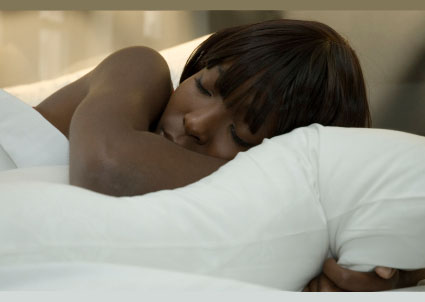
First, try taking a nap in the early afternoon, but not too late else it can interfere with your nighttime sleep. According to The National Sleep Foundation, a calm and peaceful environment is conducive to napping. So is a moderate to cool temperature. Suppress noise and light.
Don’t sleep too long. Twenty minutes or so is ideal. If you sleep any longer, you may wake up groggy, instead of refreshed. This is called “sleep inertia”. So sleep briefly and relatively lightly.
A NASA study in 1995, indicated that a short (under 30 mins) nap improved performance in those with sleep deprivation by over 30 percent and increased alertness by over 50 percent
Napping also helps improve problem solving and memory. In addition, better recall can be achieved with a nap according to a study in the Journal of Sleep Research.
According to FastCompany, Salvadore Dali took it to a more extreme with “micronaps”:
The moment the key drops from your fingers, you may be sure that the noise of its fall on the upside-down plate will awaken you, and you may be equally sure that this fugitive moment when you had barely lost consciousness and during which you cannot be assured of having really slept is totally sufficient, inasmuch as not a second more is needed for your physical and psychic being to be revivified by just the necessary amount of repose.
These other famous, and probably smart, people also believed in the benefit of napping:
Leonardo da Vinci
Isaac Newton
Napoleon Bonaparte
Albert Einstein
John F. Kennedy
So if you nap, you are in good company.